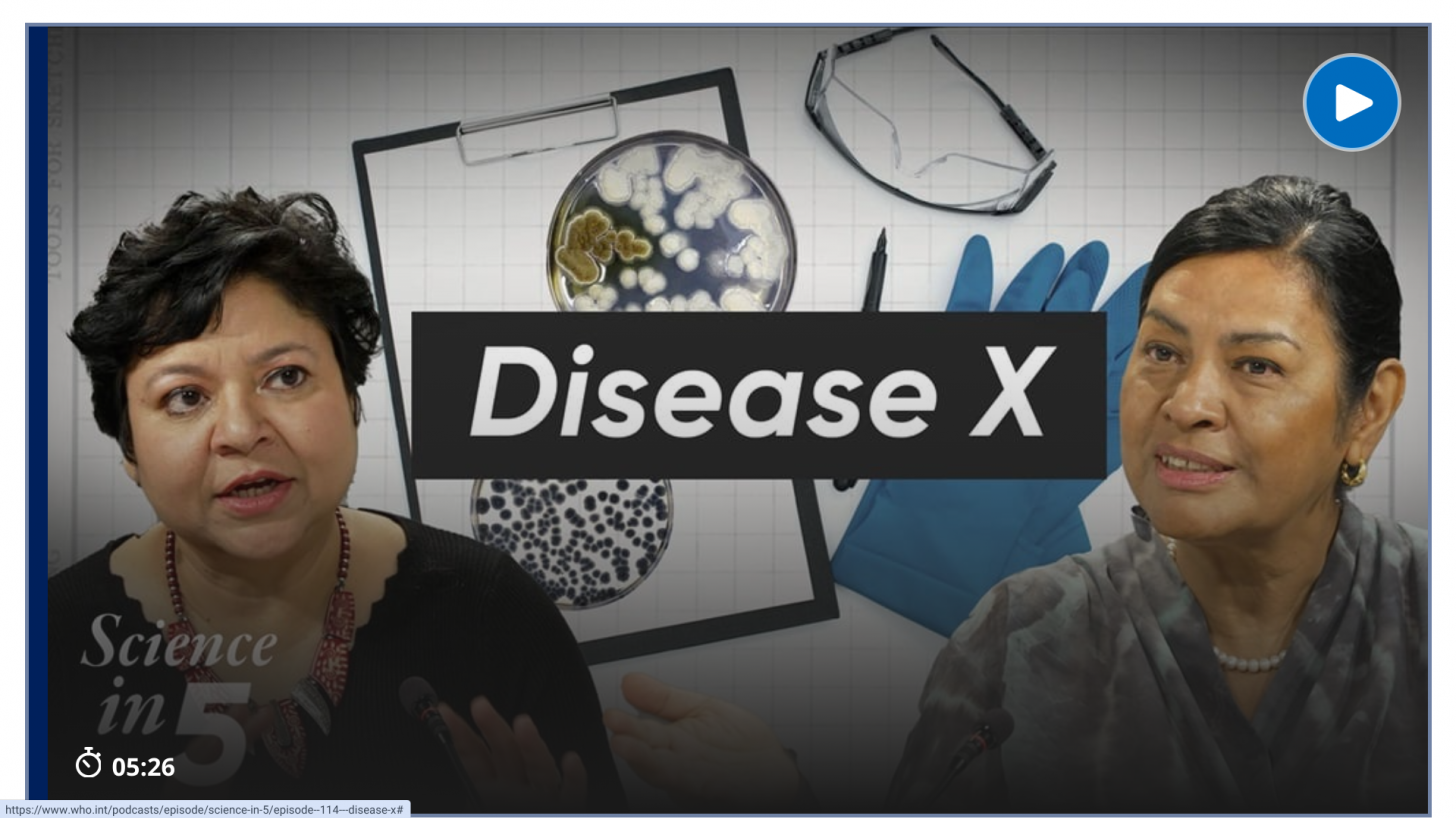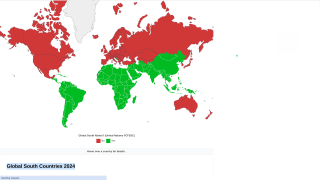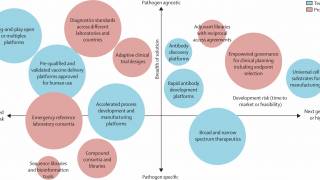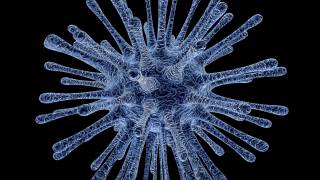Disease X Explained in Five

Numerous scientists are currently working to prevent the next pandemic in 2024. To prepare for it, countries need to take certain measures says the World Health Organization (WHO).
In February 2018, the WHO included the term "Disease X" in its Blueprint list of diseases for the first time.
According to the WHO, this concept represents the knowledge that a pathogen currently unknown to cause human disease could cause a serious international epidemic.
In a recent episode (#114) of the WHO series "Science in Five," Ana Maria Henao-Restrepo, Co-Lead R&D Blueprint for Epidemics, outlined the research and development needs that the world must invest in to prevent and prepare for the next pandemic.
Published on March 15, 2024, the unedited transcript is inserted below:
VGS We are talking about Disease X today and the priority list of pathogens. How does a bacteria or virus get on this list? And what do countries need to do to keep you safe from these pathogens? Here to talk about it is Dr. Ana Maria Henao-Restrepo. Welcome, Ana Maria. Let's talk Disease X. Is that a real disease that's circulating right now?
AHR Well, I think the first thing I want to clarify today is that there is no virus or bacteria circulating right now that is called Disease X and is causing disease. We are preparing for the future. So we are talking about a hypothetical disease and to give a name the scientists call it Disease X to prepare for the hypothetical virus or bacteria that in the future can cause large outbreaks or epidemics or pandemics.
There are many viruses and bacteria that can infect animals, including humans. For a few we already have vaccines, diagnostics and therapeutics. We know what are the viruses that we need to be alert to, we know what are the bacteria we need to be alert to, but there are many thousands of them. So we need to have a simplified way to refer to them without knowing which one will cause the next pandemic. And we call it Pathogen X.
VGS So, Ana Maria, talk to us about the WHO Priority List for Pathogens. Why do we need such a list and how does a pathogen get on that list?
AHR There are many viruses and bacteria that can infect humans and animals in general. So how do you go about preparing for them? You cannot investigate each of them in clear detail, so you have to have a strategy to deal with it. This is why WHO has invited hundreds of scientists to work with us to try to identify which ones have the pandemic potential.
Which ones we know now with the information we have today can cause severe disease and outbreaks. We also have a list of the ones that are not causing severe disease and outbreaks now, but that may change in the future. So we have to keep an eye on them.
So how do we prepare? So we do four things. First of all, we keep an eye. It means we have systems to monitor how they circulate among humans and animals, If they change, if they improve their ability to infect us and cause disease.
Second, we have to conduct research to understand how they infect us, how our immune system protects when they infect us. That's critical because it leads to the third step that is developing in advance vaccines, diagnostics and therapeutics that can potentially help us reduce the risk of being sick, reduce the risk of having severe disease, and reduce the risk of transmission if they cause an outbreak.
Also, we work very much on how to produce these vaccines and these diagnostics, and these therapeutics when we develop them, how we ensure that we produce enough of them, use technology to produce large amounts. How do we evaluate them to ensure they are safe? And they are indeed effective against the disease and the severe outcomes that we want to protect people from?
And finally, having this list also helps us to focus our collective efforts To see that with shared information, scientists talk to each other, we identify what we know and what is missing. And that way we maximize the capacity we have today to conduct research. In the end, what everybody wants to do and what the scientists want to do is to help governments to be prepared.
So if there is a new pathogen like we have with COVID emerging, that we are better prepared, that there are less people who get sick, less suffering, less economic damage, less problems for society.
The entire discussion is available at this WHO link.
Separately, the U.S. National Institutes of Allergies and Infectious Diseases developed a Pandemic Preparedness Plan to prepare for future public health emergencies caused by infectious diseases.
In February 2024, the U.S. NIH 'All of Us' Research Program confirmed more than 1 billion genetic variants, including about 275 million previously unreported genetic variants.
And the U.S. Project NextGen, a $5 billion initiative, has launched to develop the next generation of vaccines and therapeutics.
Our Trust Standards: Medical Advisory Committee






